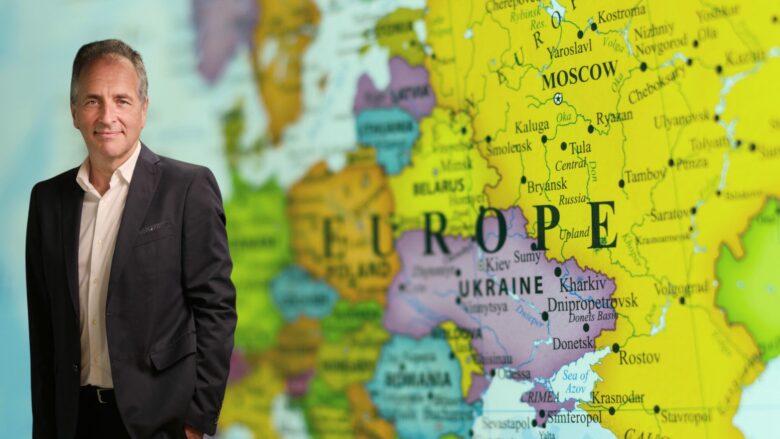5 reasons why Western European companies should invest in Central and Eastern Europe

Central and Eastern Europe (CEE) is set to become the next great place to invest in as Western European businesses seek new places to nearshore, offshore, or get access to growing consumer markets. iBanFirst, a leading global provider of foreign exchange and international payments for businesses, has conducted a study among business clients and has identified 5 compelling reasons for businesses to expand their operations in the CEE region.
1. Rapid Economic Growth
In the last few years, many CEE countries have outpaced Western Europe in economic growth. The IMF forecast for the CEE GDP growth is to grow twice as fast as the eurozone average between 2023-2026. For example, Romania has recorded the highest rate of economic growth among EU member states approx. 800% over the last 20 years (2000-2022).
The outlook for CEE economies remains positive, but the war in Ukraine, rising inflation, and a possible global economic slowdown could pose risks. However, in the CEE region, it is still possible to build a sustainably profitable business from the ground up in less than 18 months, depending on the industry.
2. Skilled and Affordable Labor Force
CEE has a workforce that is young, educated, and highly skilled. This talent pool is available at a 30% lower cost compared to Western Europe (WE). Romania has the highest proportion of young people (aged 15-29) in the EU, with approx. 36%, closely followed by Bulgaria and Hungary. This is significantly higher than the EU average of 23.7%. This young and dynamic population is a key driver of economic growth.
Employment costs are lower than WE, primarily related to a lower personal income tax rate, but the gap is shrinking. However, if you are considering investing in the CEE, don’t make lower labor costs your top reason. Employees who are properly trained, paid, and given promotion opportunities are harder working and more motivated than their counterparts in Western countries.
3. Access to Expanding Consumer Markets
The CEE region´s combined population of over 287 million people and approximately 7 million SMEs 1 constitutes a sizable market with rising purchasing power. These economies` middle classes are growing, creating a demand for Western-branded goods and services.
In iBanFirst’s opinion, being regionally focused is a winning strategy. Large corporations are prone to regard parts of the CEE as tiny or non-core, whereas small local businesses or start-ups lack scale.
Even though we live in a digital age, outstanding service, an excellent network, and personal interaction are still essential. When you and your brand are not known in the market, don’t forget to invest in communication and understanding cultural differences.
4. Expanding Trade Relations and Strategic Location
Trade between CEE and Western Europe is strong. This growing economic relationship and open markets add to the region’s appeal as a manufacturing and sourcing hub for Western enterprises. Bulgaria, for example, has the highest proportion of exports as a percentage of GDP in the EU, with exports accounting for 70% of its GDP.
In addition, the region has a high level of digitalization and adoption of fintech services as businesses operate with different local currencies and need faster and cheaper currency support when doing business internationally. The rise of fintechs offerings, especially in international payments over the last 7 years, has translated into substantial savings for regional-based SMEs, exceeding €1 billion annually.
5. Sustainable Business Practices (SBP)
CEE is progressively implementing SBP, coinciding with Western corporations´ attention on environmental and social responsibility. As an example: Romania, Hungary, and Bulgaria have all achieved substantial progress in the utilization of renewable energy sources, according to the 2023 Renewable Energy Market Report. Romania leads the region with a 28% percentage of renewable energy, followed by Bulgaria (22%), and Hungary (21%). The continued efforts of CEE toward EU integration and political stability generate a favorable environment for long-term investment and economic growth.
As CEE emerges as the next great place to invest, iBanFirst’s success story serves as a testament to the region’s potential. With a rapidly growing customer base, the company exemplifies the opportunities available in this dynamic market. As Western businesses seek new frontiers, CEE stands out as a promising destination with a blend of economic growth, skilled talent, expanding markets, strategic trade relations, and a commitment to sustainability.






























